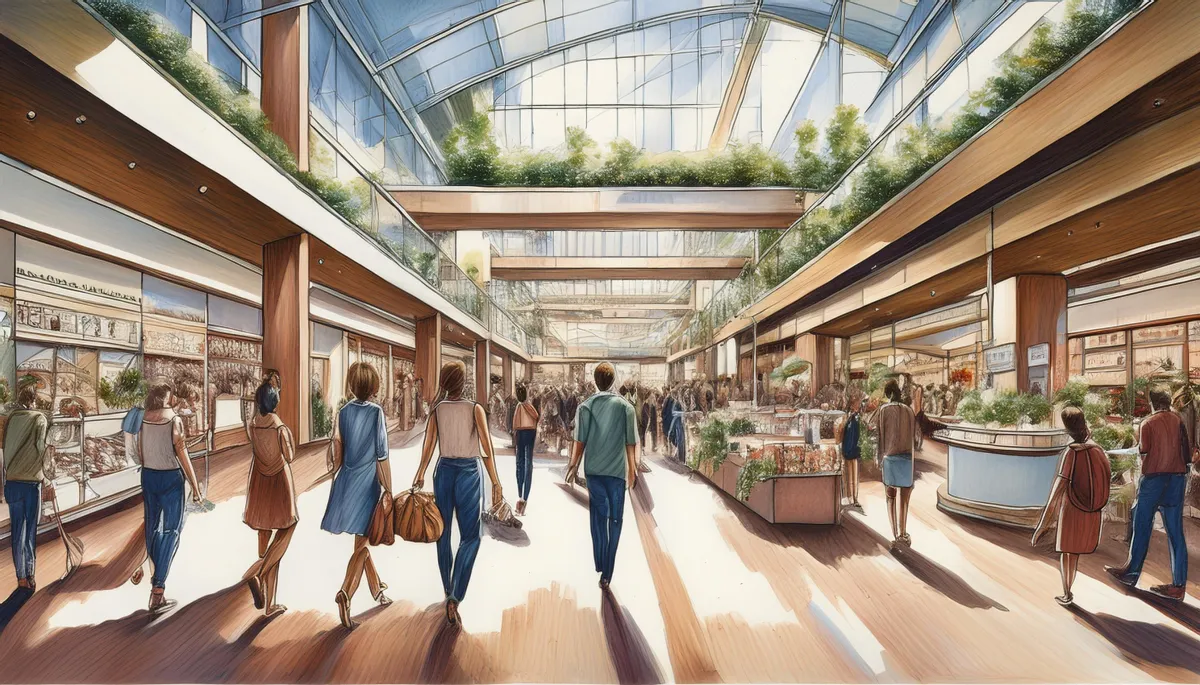
Beyond the Store: How Retail is Redefining Community
The Store as More Than a Store
Walk into certain shops today and you’ll notice something different. The racks and shelves are still there, but so are coffee bars, live events, and workshops. Retailers are quietly redefining what it means to be a “store,” shifting from transactional spaces into gathering places.
For years, retail success was measured by foot traffic and sales per square foot. In 2025, the more telling metric might be time spent. The longer customers linger, the more they connect—with products, with people, and with the brand itself.
Why Community Matters Now
Shoppers are looking for more than goods. They want a sense of belonging in an era when digital interactions dominate. Social media may connect people, but it rarely builds depth. A well-designed retail experience can fill that gap by creating opportunities for people to share, learn, and feel part of something bigger.
Community-driven retail also builds resilience. When consumers identify with a brand community, they are less price-sensitive and more forgiving of mistakes. A delayed delivery or a slightly higher price feels less significant when customers believe they are investing in a relationship, not just a product.
From Transaction to Experience
Some of the most successful retailers are already making this shift:
Bookstores hosting author talks and local club meetings that keep customers returning long after they’ve made their purchases.
Outdoor gear brands creating classes and excursions where customers use the products together, reinforcing their purpose.
Grocery stores adding cooking demonstrations to transform routine shopping into an occasion.
The store becomes less about inventory and more about identity—helping customers live out the lifestyle they aspire to.
The Digital Community Layer
Physical spaces aren’t the only way retailers build community. Digital platforms are extending these experiences beyond the store walls. Loyalty apps now double as forums, where members share advice and reviews. Private groups give early access to product drops and exclusive events. Even livestream shopping is evolving into a social event, less about pushing products and more about hosting shared experiences.
The key is integration. Digital communities drive people into physical spaces, while in-person events fuel online conversations. Retailers that manage both sides seamlessly build stronger, stickier relationships than those that treat them as separate channels.

Not Just for Retail
The lessons extend beyond retail. Entertainment brands, technology companies, and even financial services firms are recognizing the value of fostering communities. When customers identify with a mission or lifestyle, they stay longer, spend more, and advocate harder. The same forces transforming stores into gathering spaces can turn any brand into a hub of connection.
The Risk of Getting It Wrong
Of course, building community isn’t as simple as adding couches or creating a Facebook group. A halfhearted attempt can feel forced and even backfire. Customers recognize authenticity. If a brand claims to foster community but ignores feedback or puts profits first in every decision, the illusion breaks.
True community requires reciprocity. Retailers must listen as much as they host, giving customers a real stake in shaping the experience. Done right, this builds loyalty that transcends discounts or convenience. Done wrong, it feels like marketing theater.
A Future of Connection
The retail landscape is changing, but not in the way many expected. The rise of e-commerce didn’t erase the need for physical stores—it raised the bar for what those stores must provide. In a world where products can be ordered in seconds, what draws people out of their homes is not just selection, but connection.
Retailers who understand this are redefining success. They aren’t just selling goods. They’re creating places where people feel they belong. And in the long run, that sense of belonging might be the most valuable product they offer.

